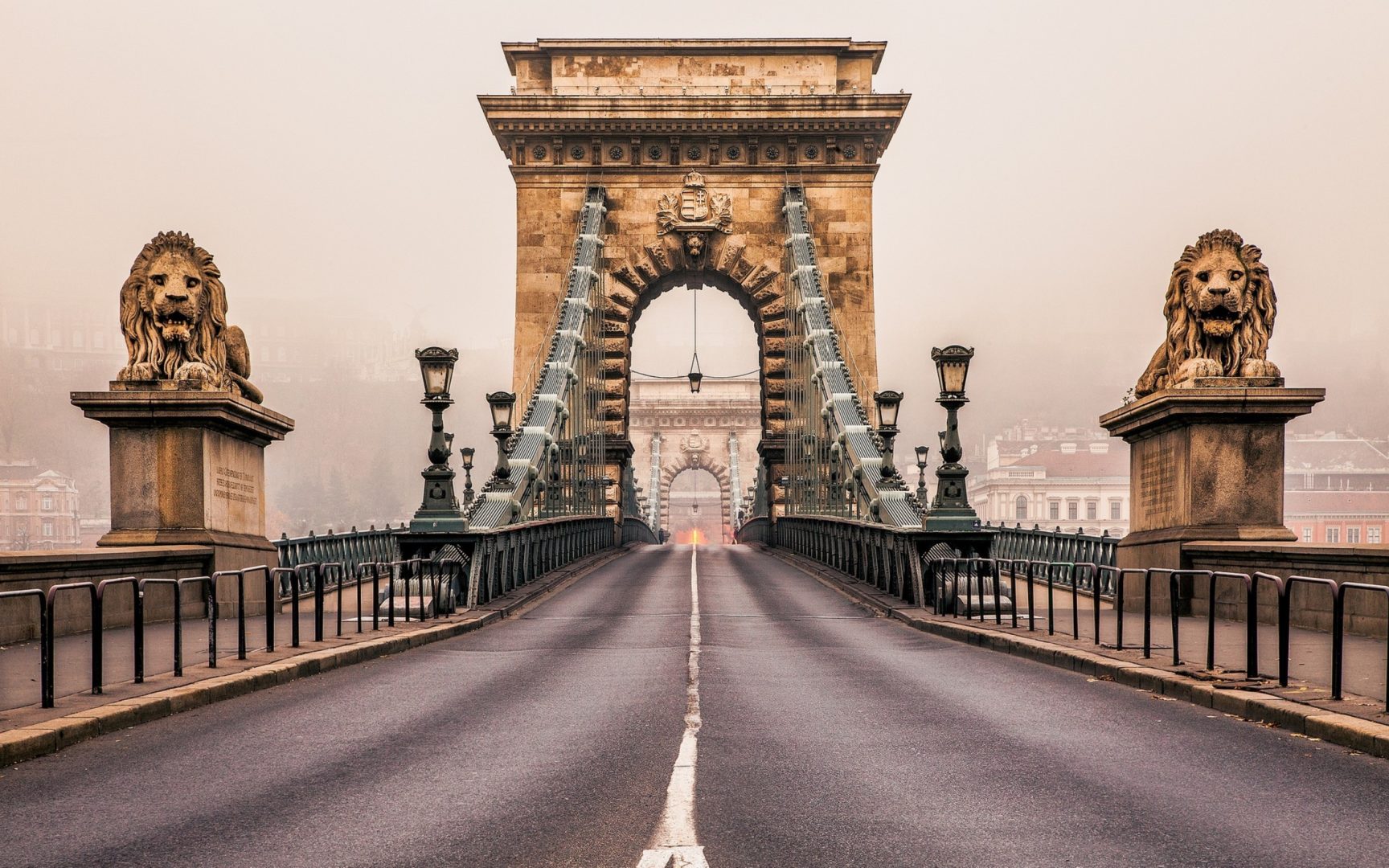
The Chain Bridge
The Chain Bridge – A Symbol of Historical Grandeur and Modern Renaissance
Nestled amidst the stunning panorama of Budapest, the Chain Bridge stands as an iconic testament to the city’s rich history, architectural prowess, and resilience. This historic bridge, officially known as Széchenyi Lánchíd, serves as a vital link between the two halves of the city, Buda and Pest, straddling the majestic Danube River. Its origins, architectural marvel, and recent renovation works together weave a compelling narrative that encapsulates the essence of Budapest’s past, present, and future.
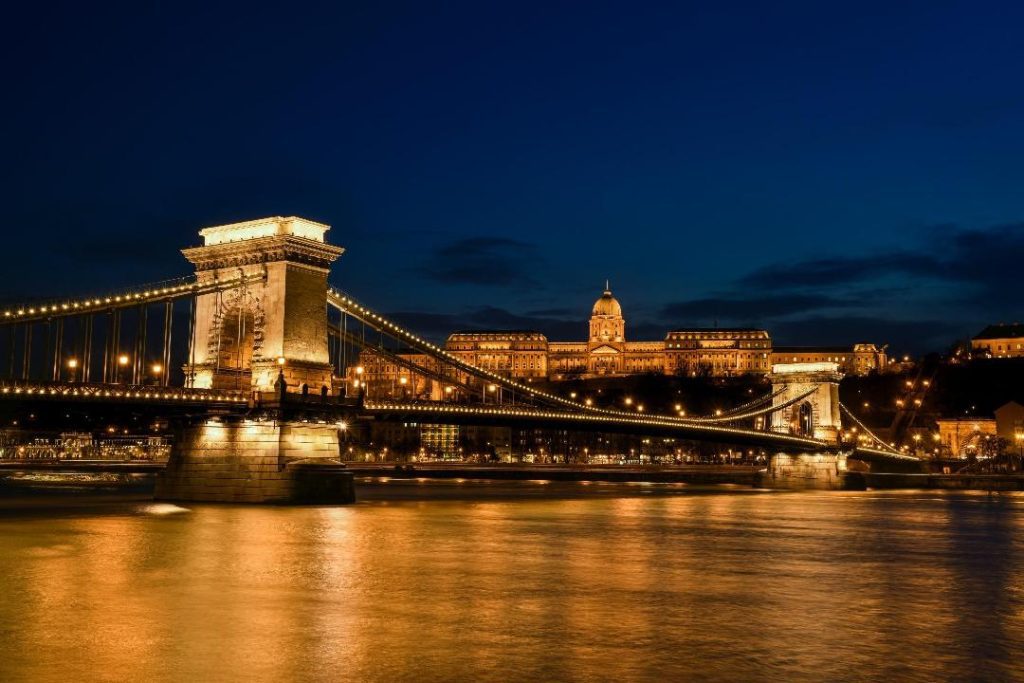
source– Visit Hungary
Origins and Historical Significance
The Chain Bridge’s history dates back to the early 19th century when the need for a reliable and efficient connection between the hilly Buda and the flat Pest was becoming increasingly evident. At the time, the Danube River posed a significant barrier, hindering the city’s growth and development. The construction of the Chain Bridge was a visionary endeavor that aimed to bridge this physical gap and unify the two distinct parts of the city.
Designed by British engineer William Tierney Clark and built by Scottish engineer Adam Clark alongside with István Széchenyi, the Chain Bridge’s construction commenced in 1840 and was completed in 1849. Its unique suspension design, characterized by iron chains supporting the bridge deck, was a marvel of engineering innovation at the time. The lions guarding the bridge’s entrances, sculpted by János Marschalkó, became symbolic guardians of the city, representing strength and protection.
The significance of the Chain Bridge transcended its functional purpose. It was not just a means of transportation but a poignant embodiment of national identity, unity, and progress for the Hungarian people. The bridge became a beacon of modernization, symbolizing the country’s aspirations to move forward and leave behind the limitations of the past.
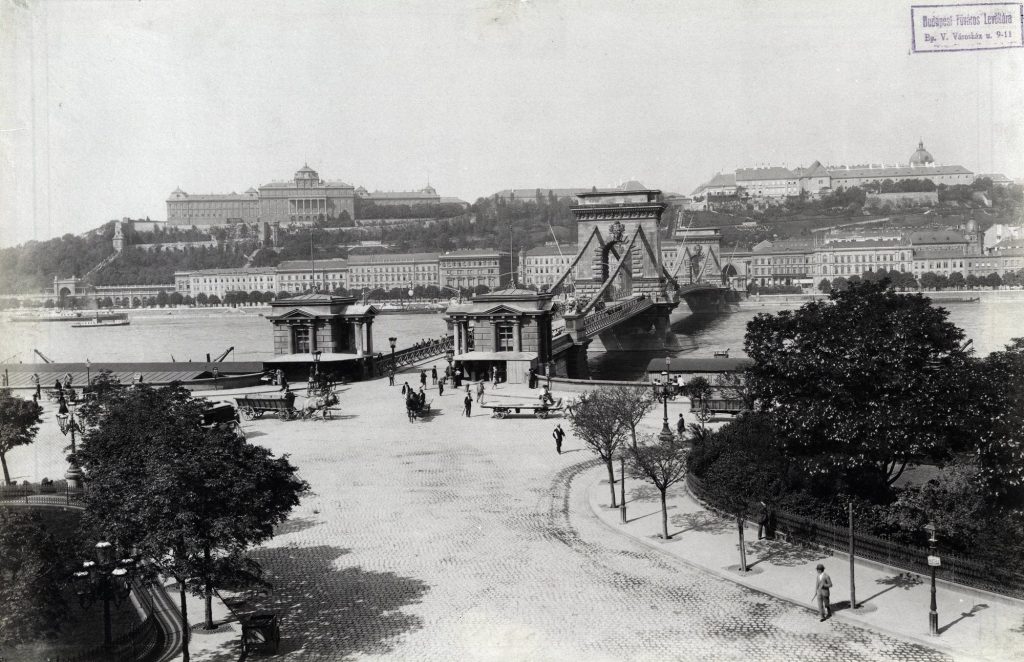
source– player.hu
Architectural Splendor
The Chain Bridge’s architectural beauty is a fusion of both aesthetics and engineering brilliance. Its suspended structure, adorned with ornate decorations and majestic statues, captures the romantic spirit of the 19th century. The bridge’s main span stretches gracefully over the Danube, offering breathtaking views of Budapest’s skyline, including landmarks like the Buda Castle and the Hungarian Parliament Building.
The bridge’s iron chains, a revolutionary feature in its time, were a testament to the bridge’s strength and stability. The grand arches and decorative elements reflected the neoclassical and neorenaissance influences prevalent during the era of its construction. The marriage of form and function in the Chain Bridge’s design underscored the importance of both aesthetic beauty and structural integrity.
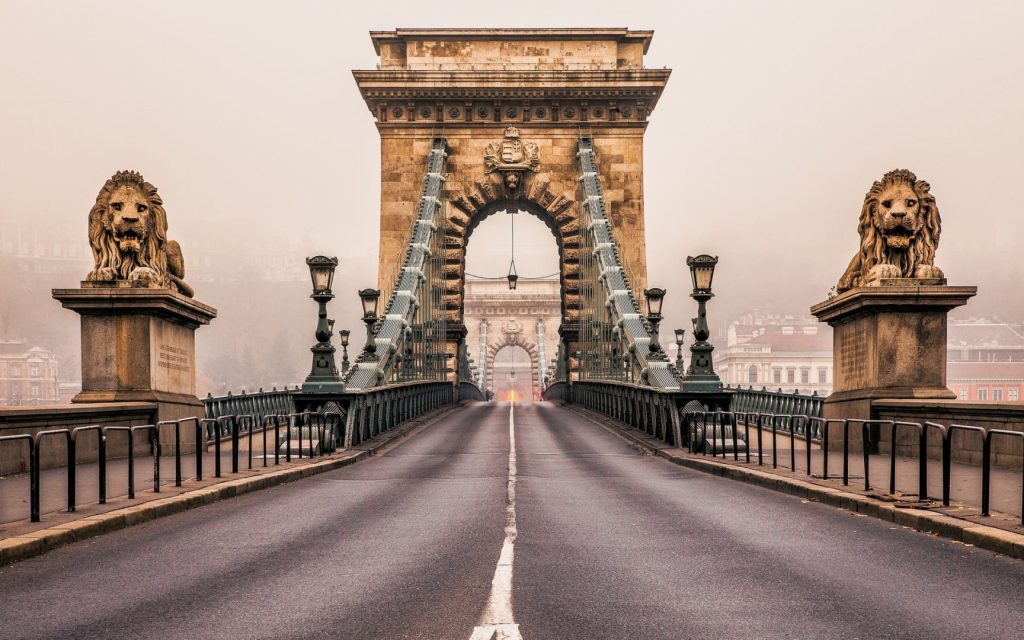
source- tourcounsel
Renovation and Modern Renaissance
As the years rolled by, the Chain Bridge bore witness to the ebb and flow of history. It stood firm through wars, revolutions, and the passage of time, and it was always reconstructed when it was damaged, but by the 21st century, the wear and tear had taken a toll on its structural integrity. The Hungarian government recognized the need to preserve this historical gem for future generations and embarked on an ambitious renovation project.
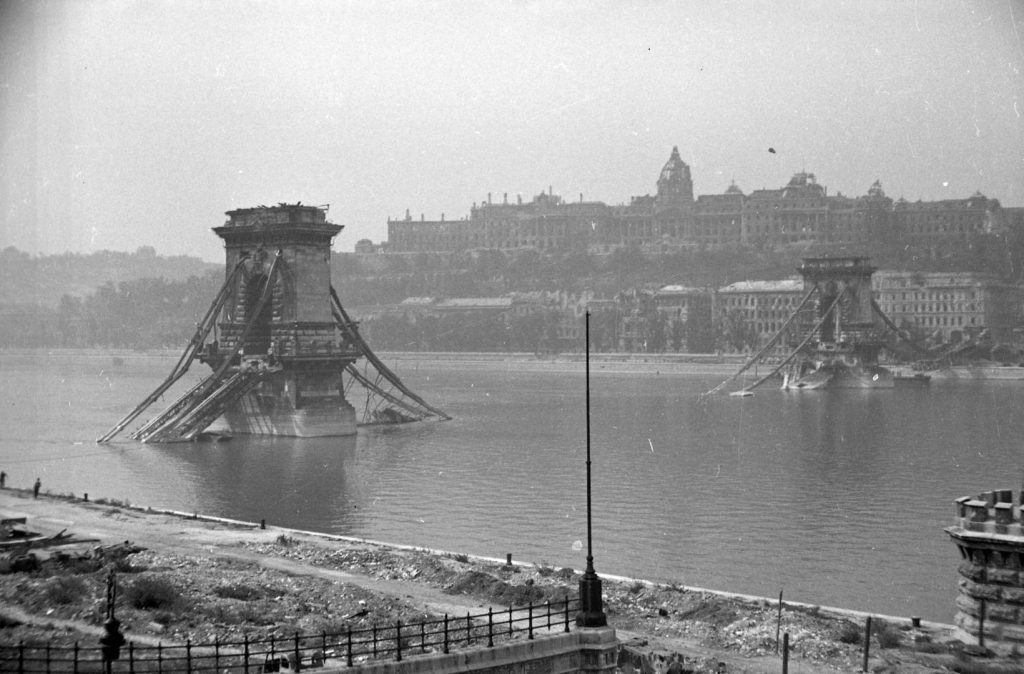
source- funiq
The recent renovation of the Chain Bridge was a meticulous process aimed at maintaining its authenticity while incorporating modern engineering techniques. The project involved carefully dismantling parts of the bridge, replacing corroded elements, and reinforcing its overall structure. The restoration team’s commitment to preserving the bridge’s original design was evident in their efforts to recreate intricate details, ensuring that the lions, and decorative elements retained their historical significance.
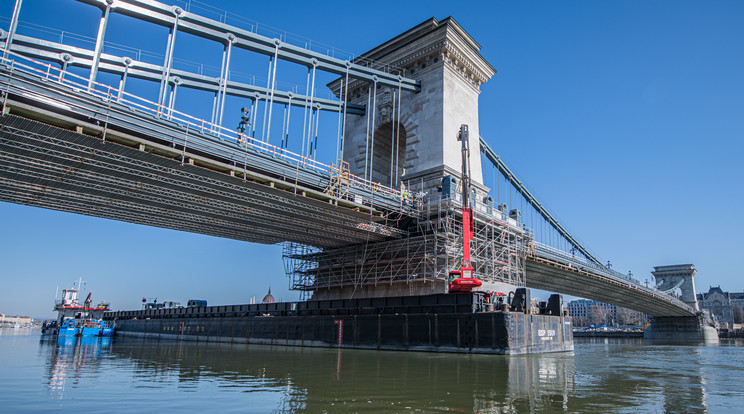
source- portfolio
The renovation was not merely a restoration of the physical structure but a rejuvenation of the bridge’s role in the city’s life. As the bridge reopened, it once again became a focal point for locals and tourists alike, a place to stroll, admire the views, and appreciate the bridge’s timeless beauty. Currently vehicles can not use the bridge, only local transportation, taxis and cyclists.
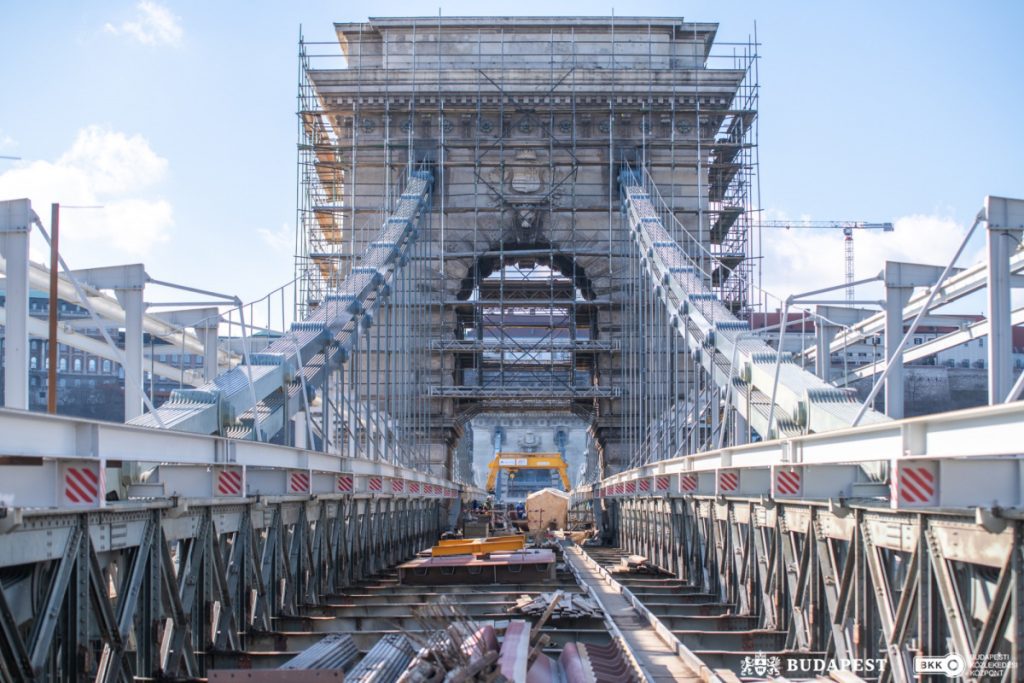
source- portfolio
The Chain Bridge in Budapest stands as more than a mere architectural marvel; it embodies the spirit of a city that has endured challenges and emerged stronger each time. Its origins as a vision of connectivity, its architectural splendor that defies time, and the recent renovation that breathed new life into its timeworn features all come together to create a narrative that speaks to Budapest’s historical grandeur and modern renaissance. As visitors and residents alike traverse this iconic bridge, they become part of its living history, connecting with the past and embracing the future.
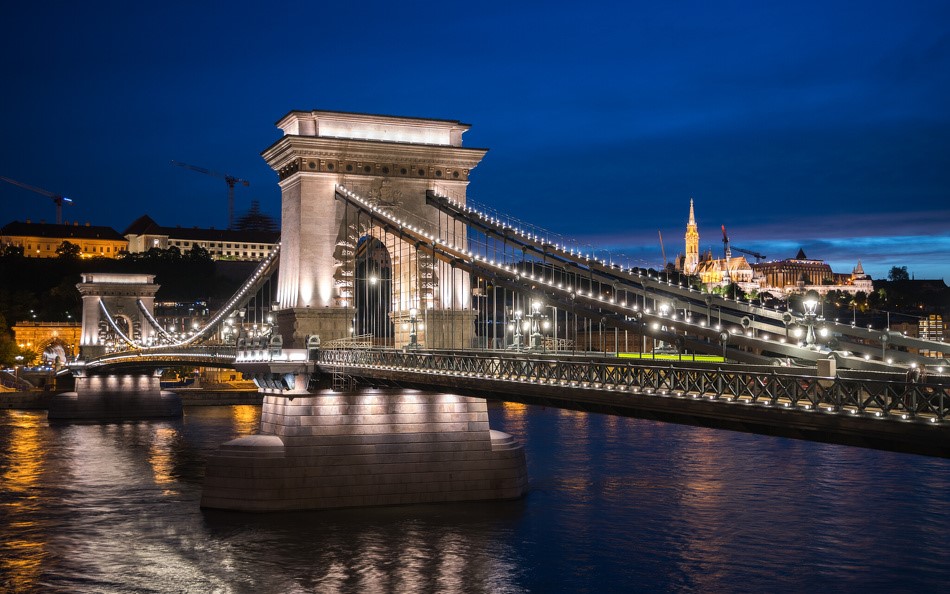
source- BKK















